For some theorists, This is the most primitive song that exists. It is structured on a beat of 3/4 and has a great tonal variety. They are couplets of five octosyllabic verses that usually become six by repetition of one of them..
Apparently, The Huelva fandango is born in Alosno, and from there it is distributed through the Andévalo, the Sierra and the capital. From there, an infinite number of different styles have been studied., highlighting four leading artists in its execution: Jose Rebollo, Paco Isidro, Antonio Rengel and Paco Toronjo.
Among the best known styles are those of Alosno, the shockers, those of Almonaster, those of Santa Eulalia, those of Cerro del Andévalo, those of Encinasola, those of Calañas and those of Cabezas Rubias.



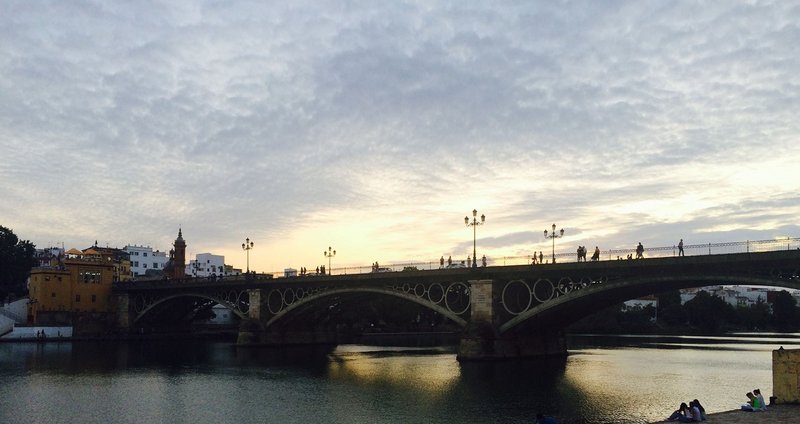 Sevilla
Sevilla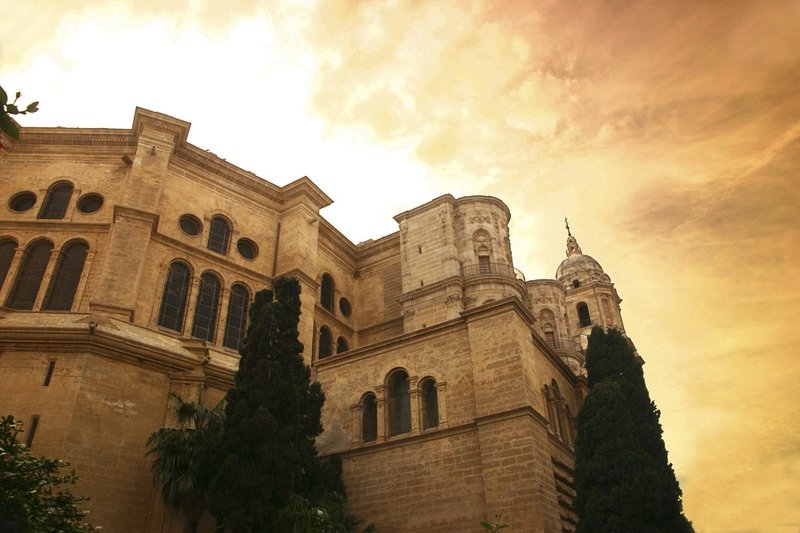 Málaga
Málaga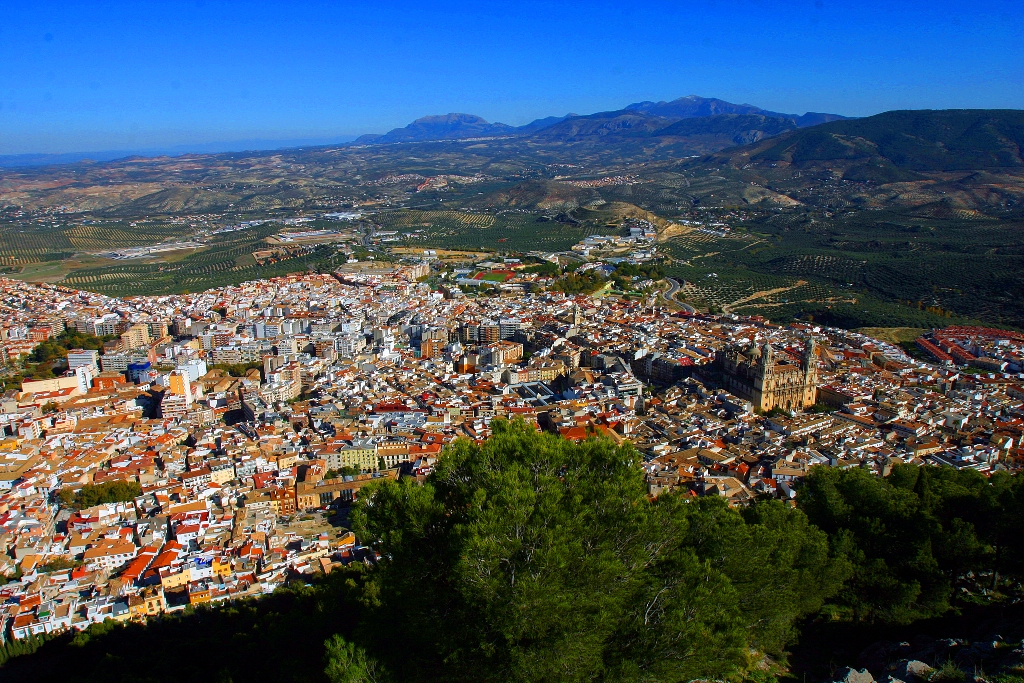 Jaen
Jaen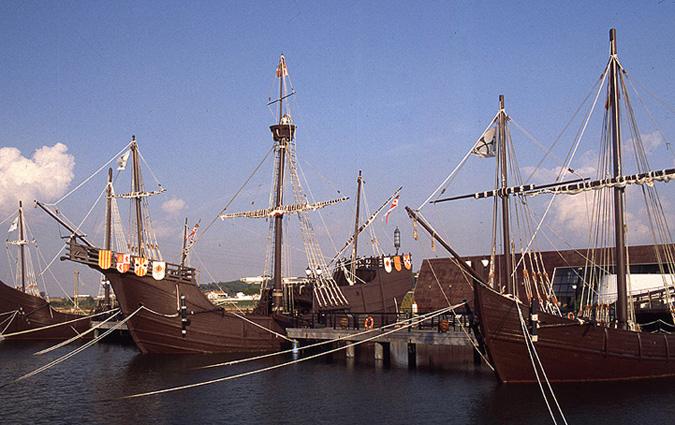 Huelva
Huelva Granada
Granada Córdoba
Córdoba Cadiz
Cadiz Almeria
Almeria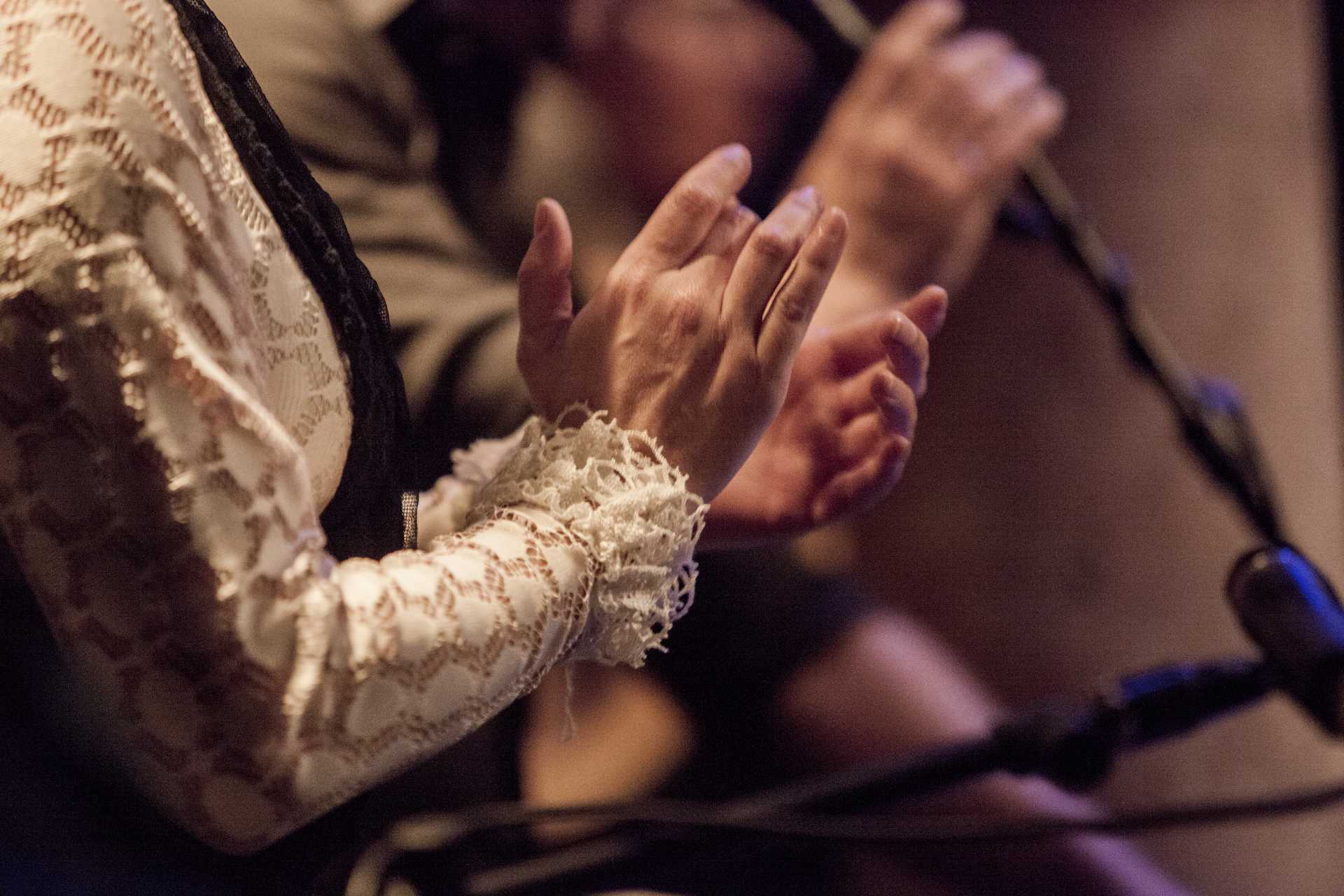 A tourist and cultural vision of flamenco
A tourist and cultural vision of flamenco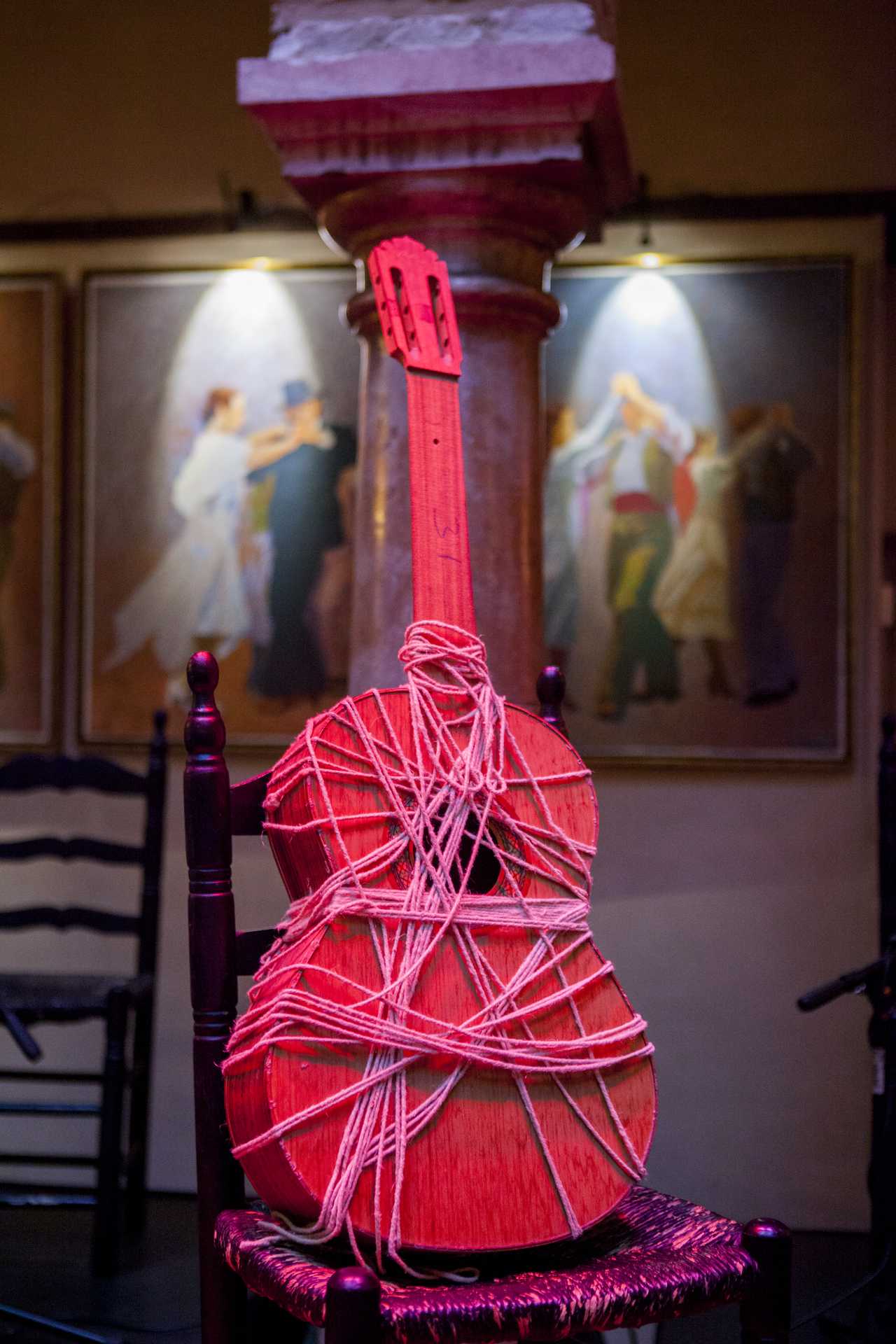 The Guitar, last to join.
The Guitar, last to join.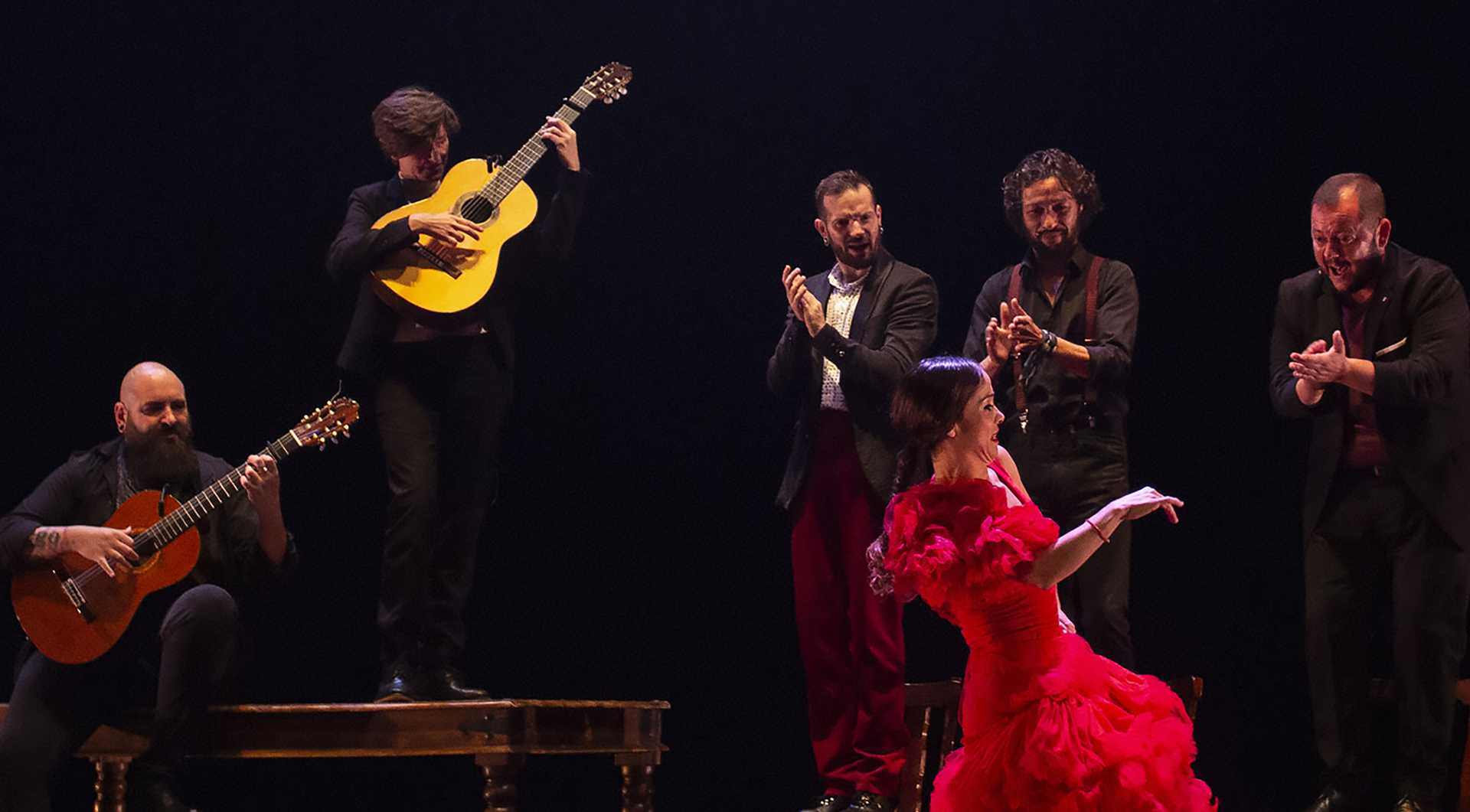 The history of flamenco with respect to its geographical distribution
The history of flamenco with respect to its geographical distribution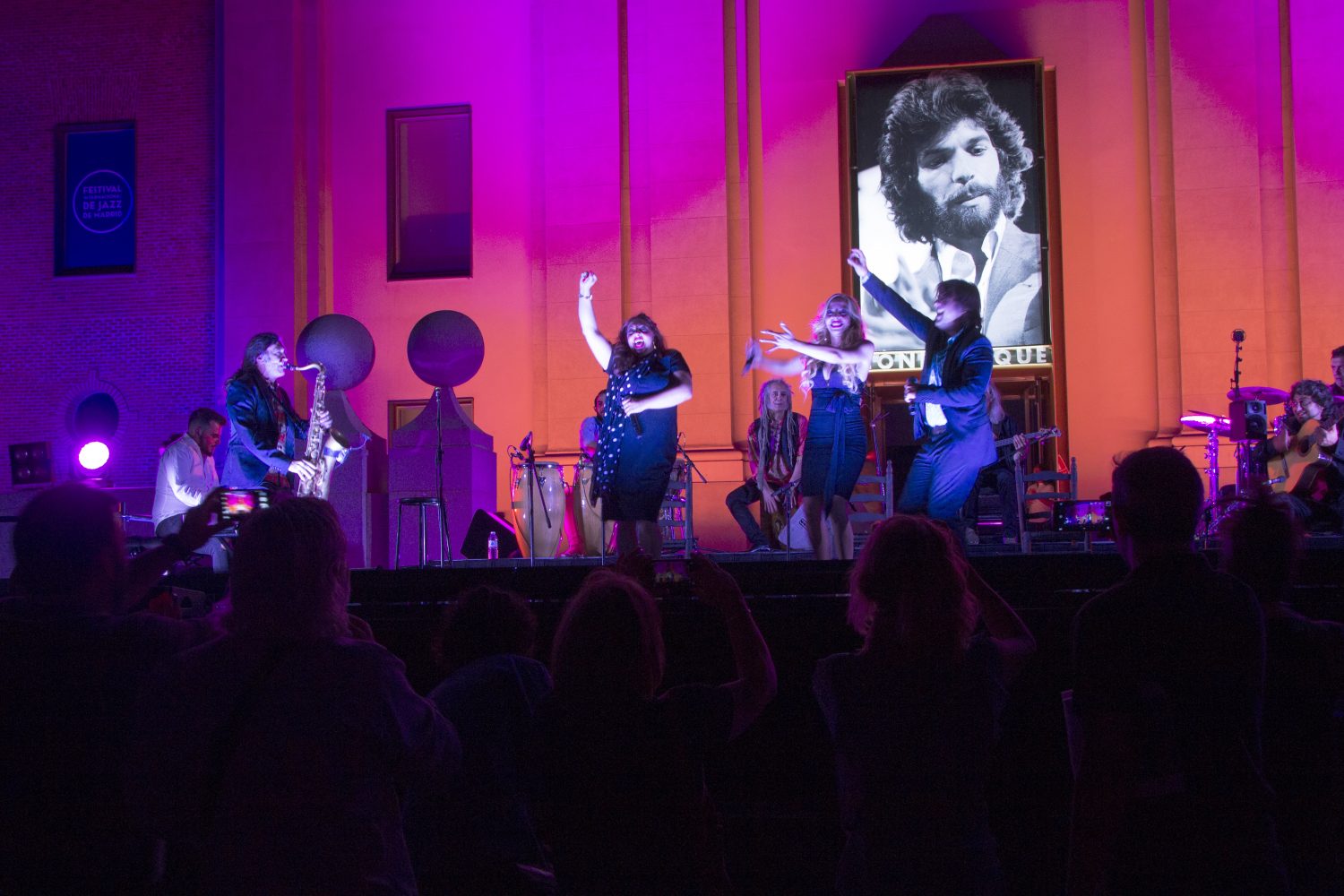 The present and future of the genre. The Fourth Golden Key of Singing.
The present and future of the genre. The Fourth Golden Key of Singing.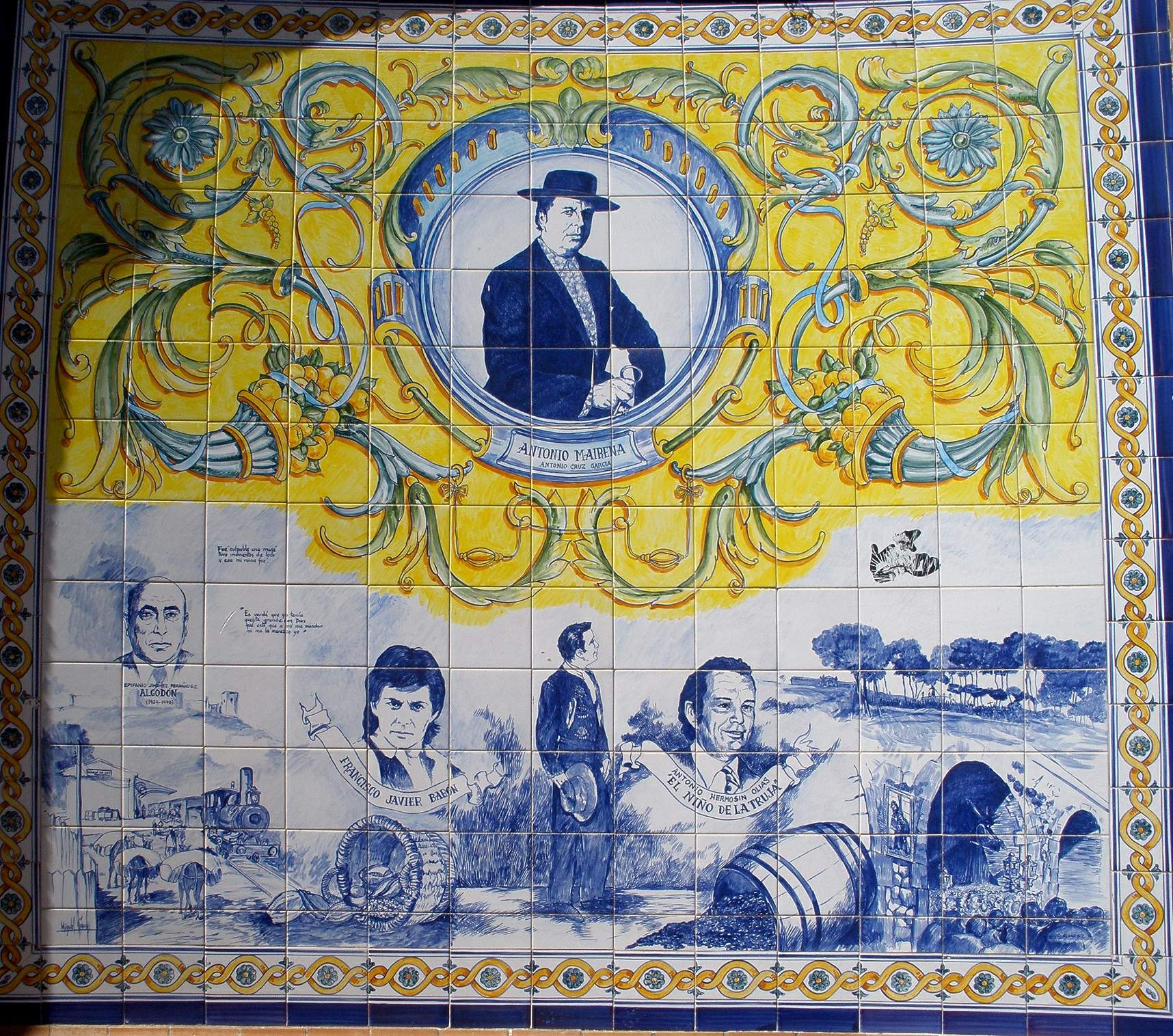 The festivals
The festivals Revaluation of flamenco. Third Golden Key of Singing
Revaluation of flamenco. Third Golden Key of Singing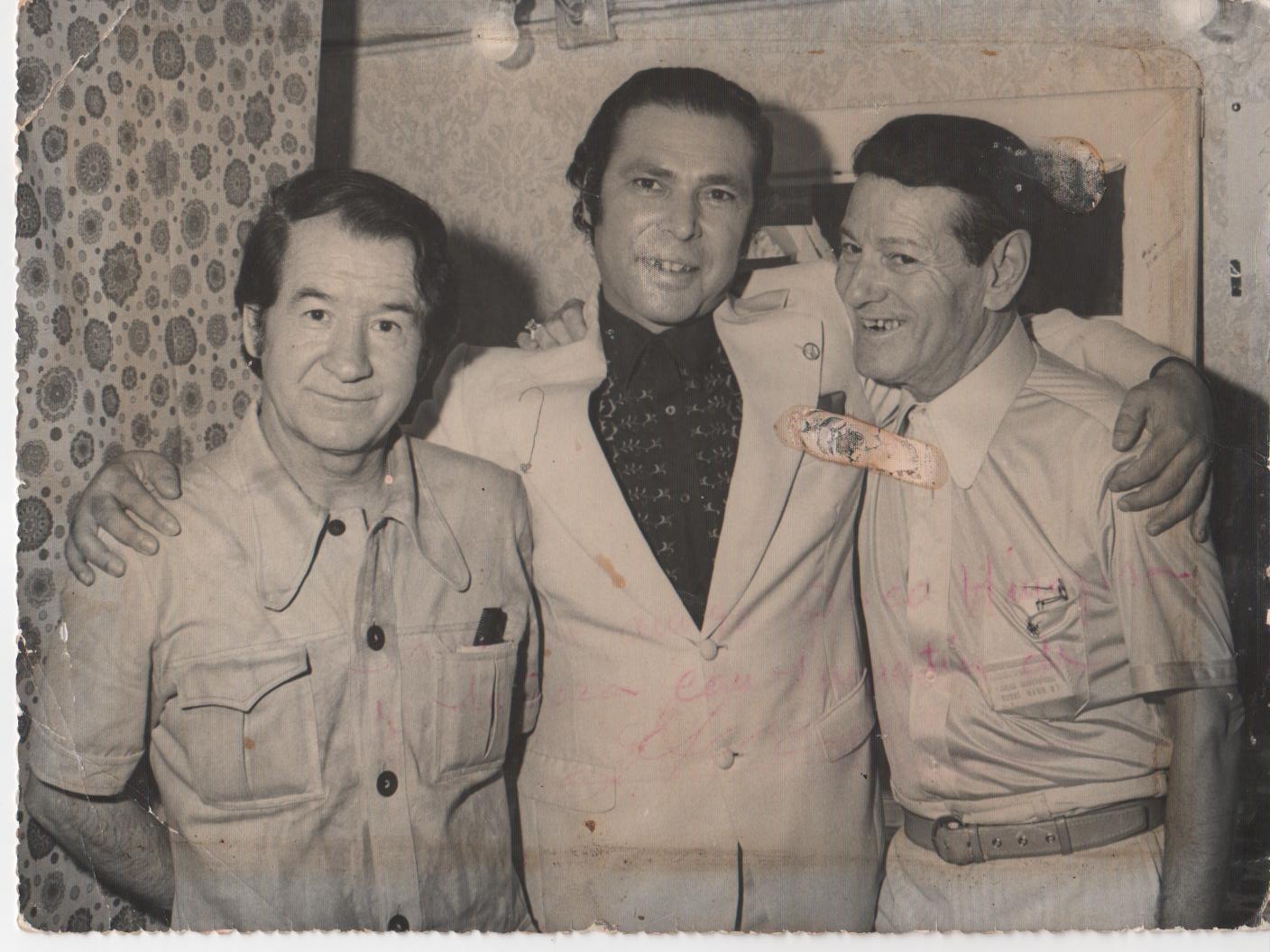 The Flamenco Opera
The Flamenco Opera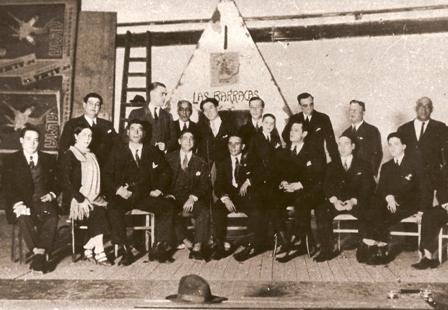 Flamenco in Madrid. The Pavón Cup. Second Golden Key of Singing
Flamenco in Madrid. The Pavón Cup. Second Golden Key of Singing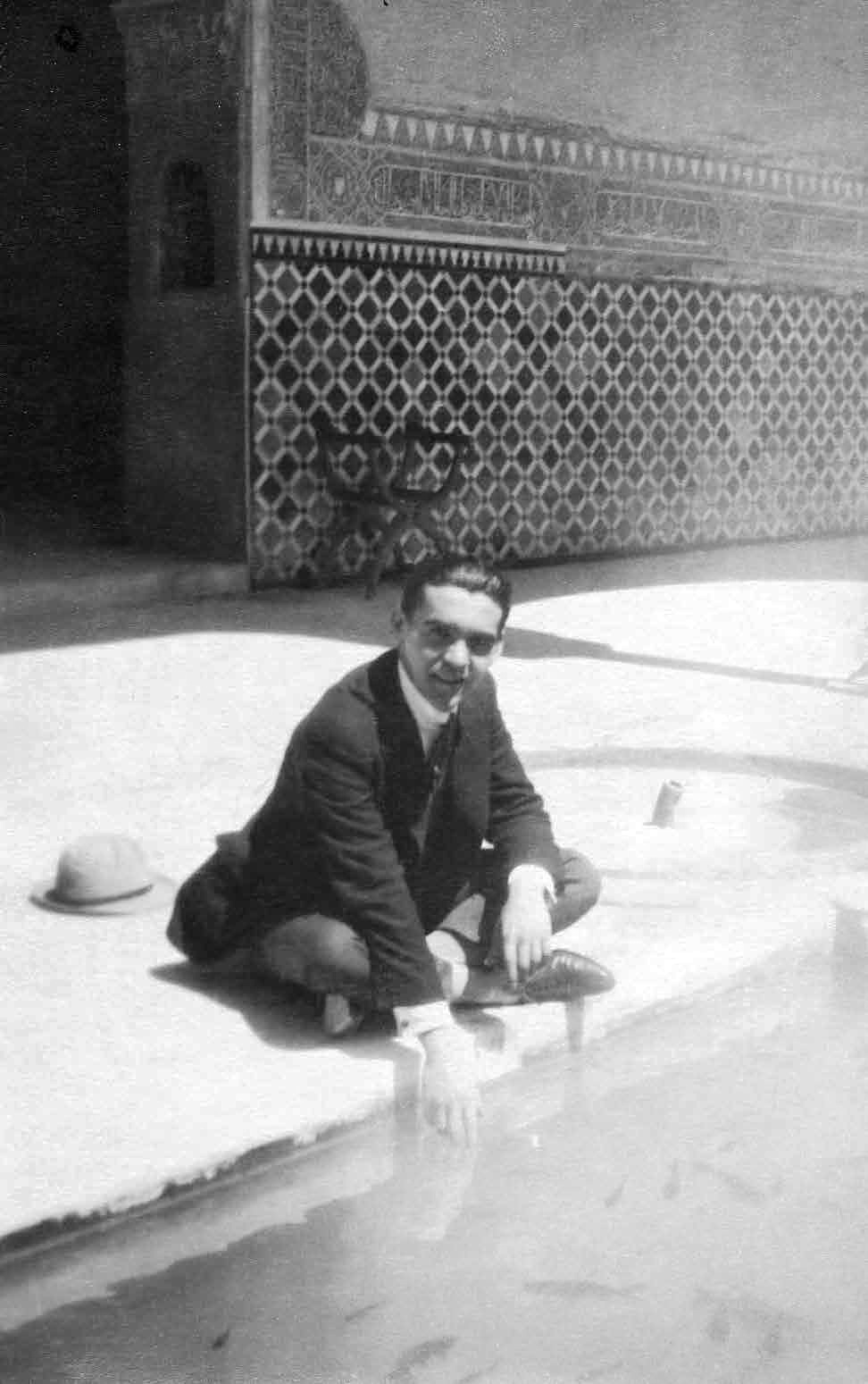 The contest that took place in 1922 in Granada
The contest that took place in 1922 in Granada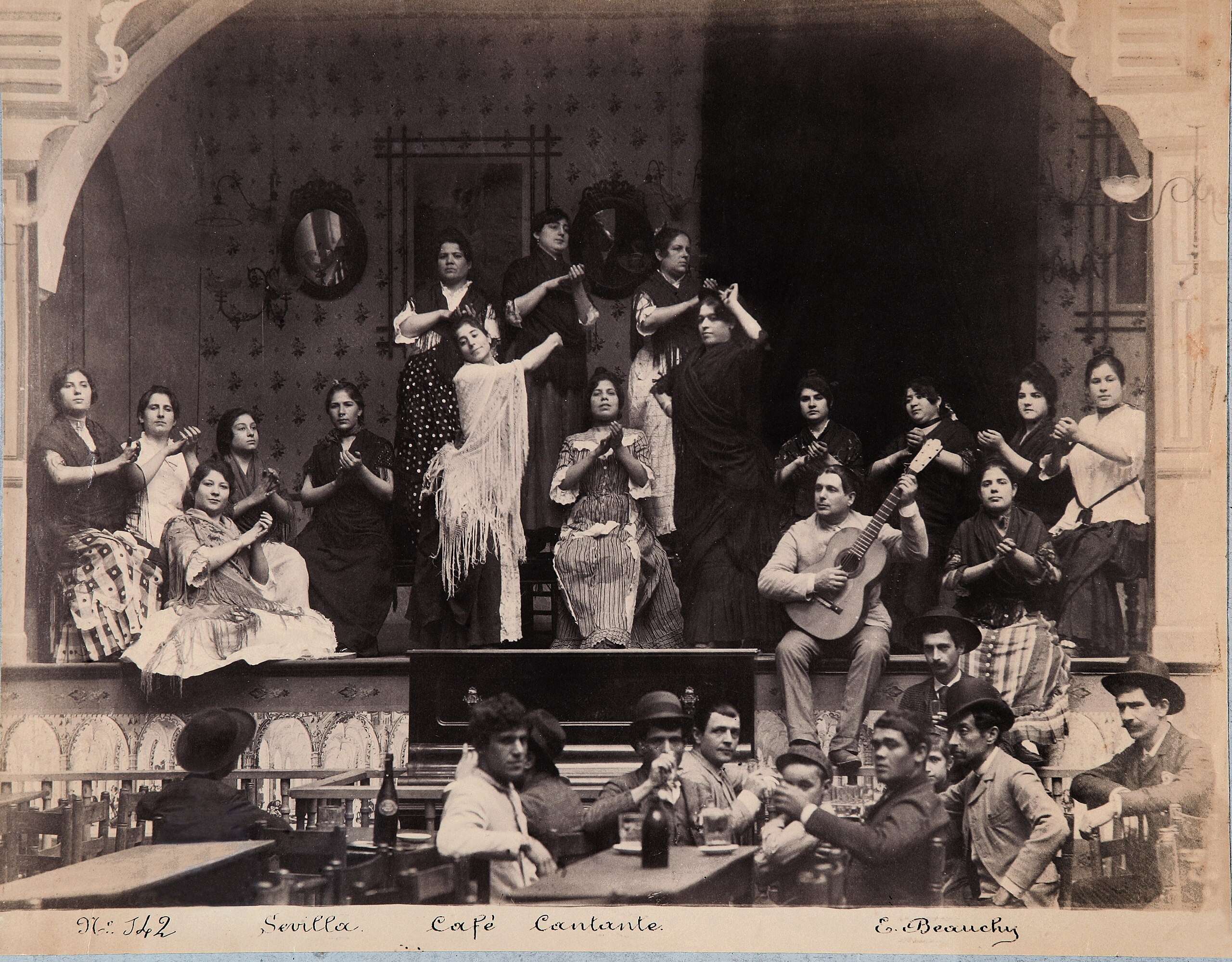 The great creators. The Golden Age. The Singing Cafes
The great creators. The Golden Age. The Singing Cafes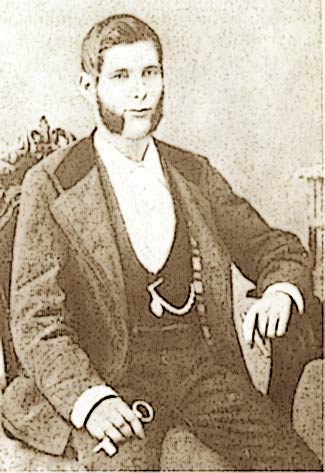 Evolution. Hermetic Stage. First singers
Evolution. Hermetic Stage. First singers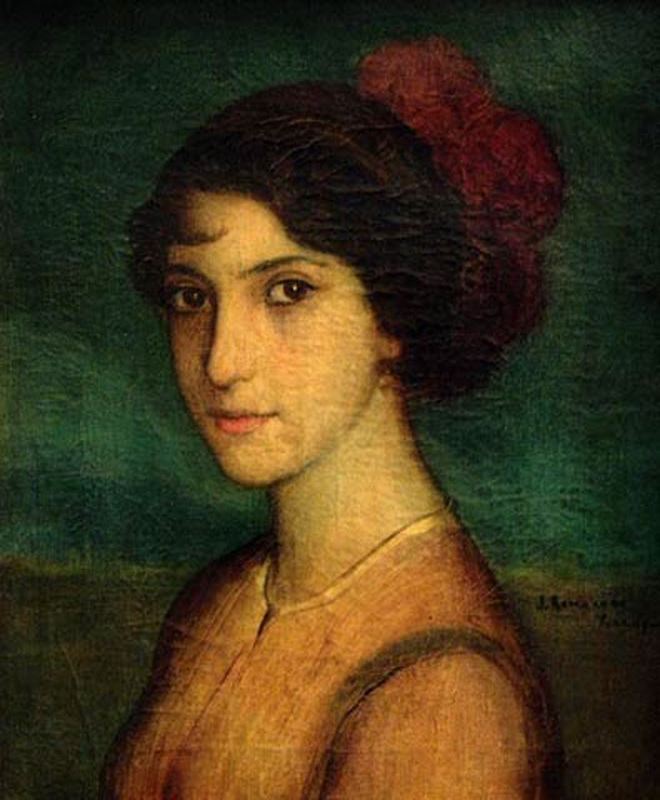 Origin of the word “flamenco”
Origin of the word “flamenco”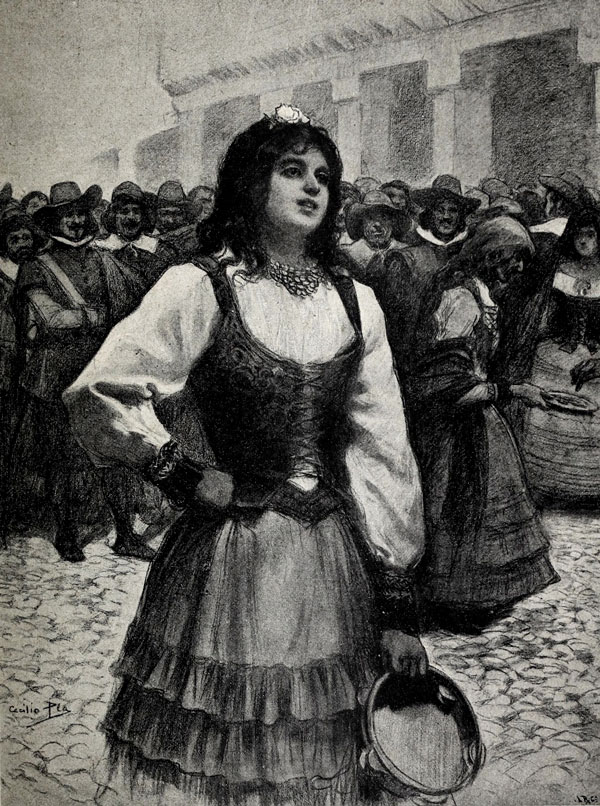 First written references
First written references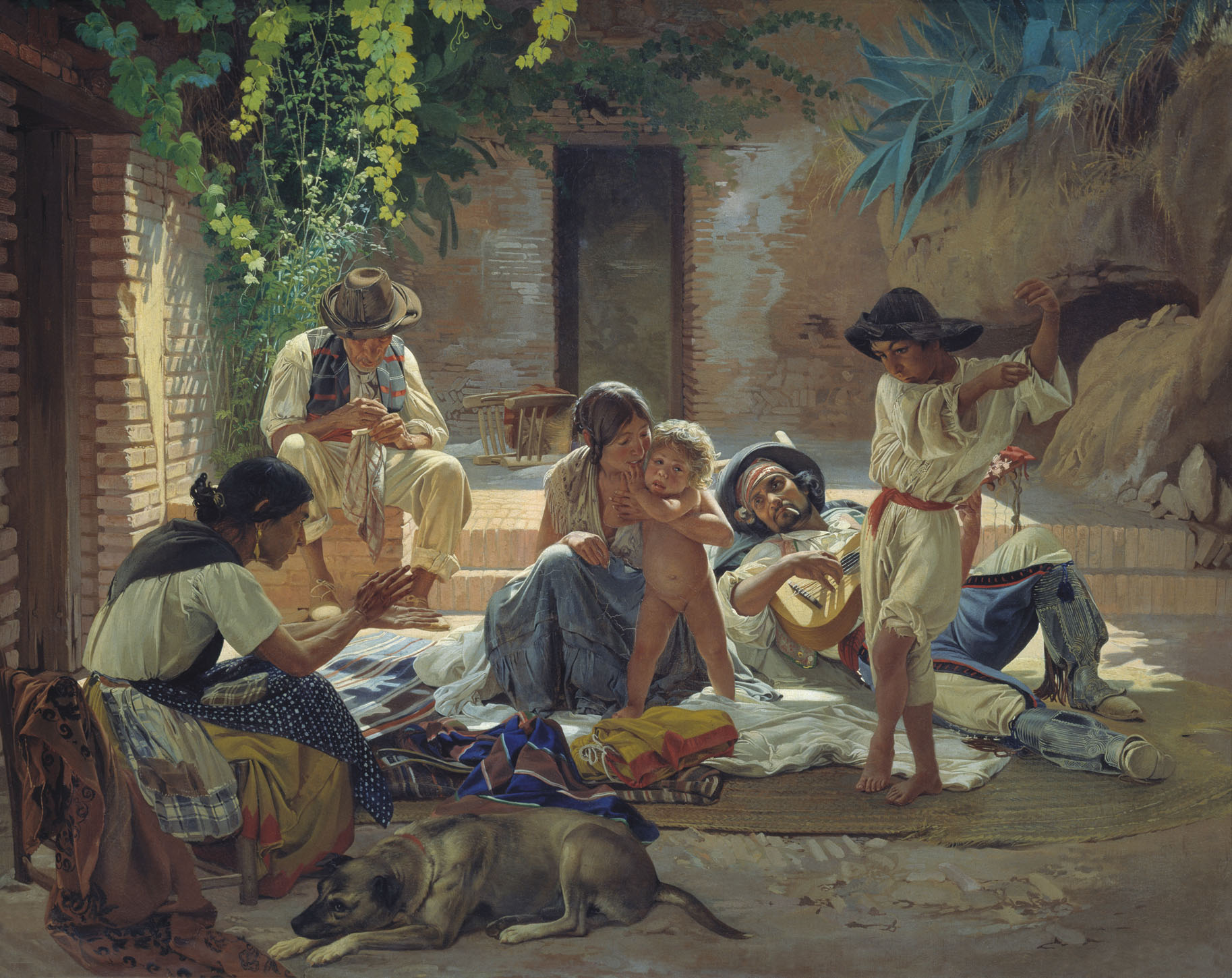 Musical background
Musical background